
Shipments fall 6% as capacity utilization declines to 76.1%.

Shipments fall 6% as capacity utilization declines to 76.1%.

New single-family building drops to $421.3 billion, while multifamily remains flat at $115.0 billion.
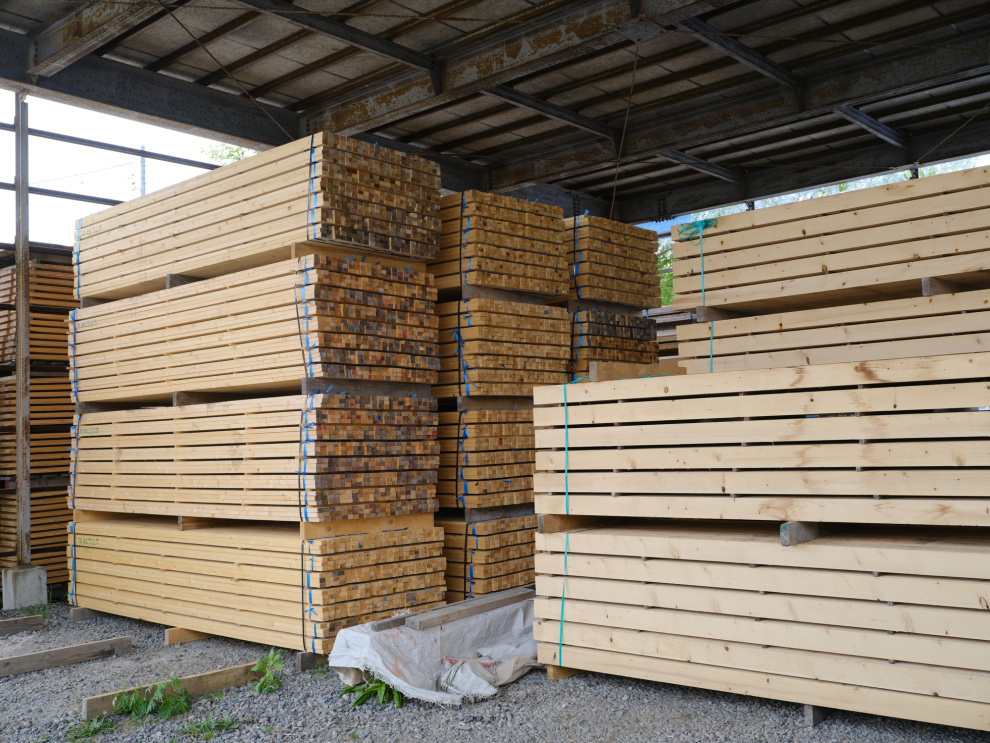
Ending inventory decreased 2%.
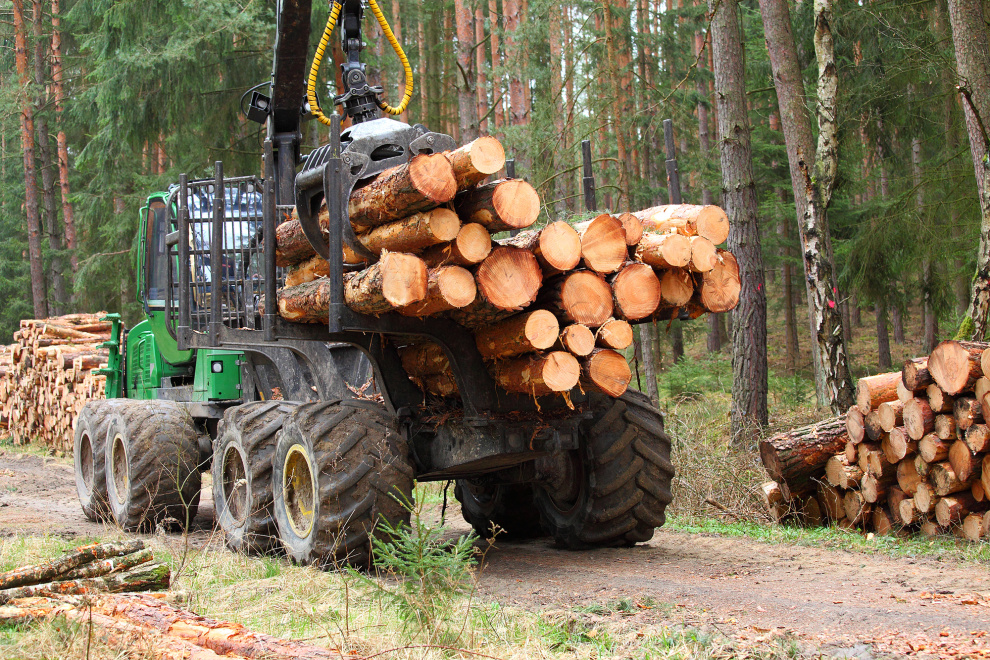
January–May removals total 27.2 million m3, 8% above last year.

National supply shows elasticity below 1 (PNW at 1.5), while South-Central’s 25-year rotation growth of nearly 200 m³/ha delivers positive NPV on planting.
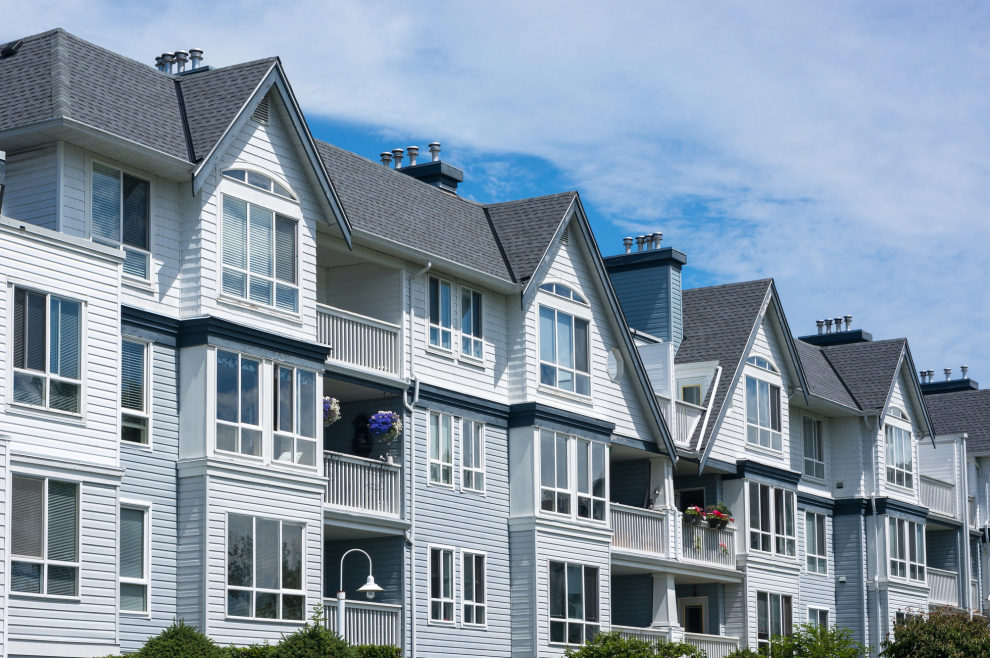
British Columbia drops $1.2 billion while Ontario adds $299 million to overall permit values.
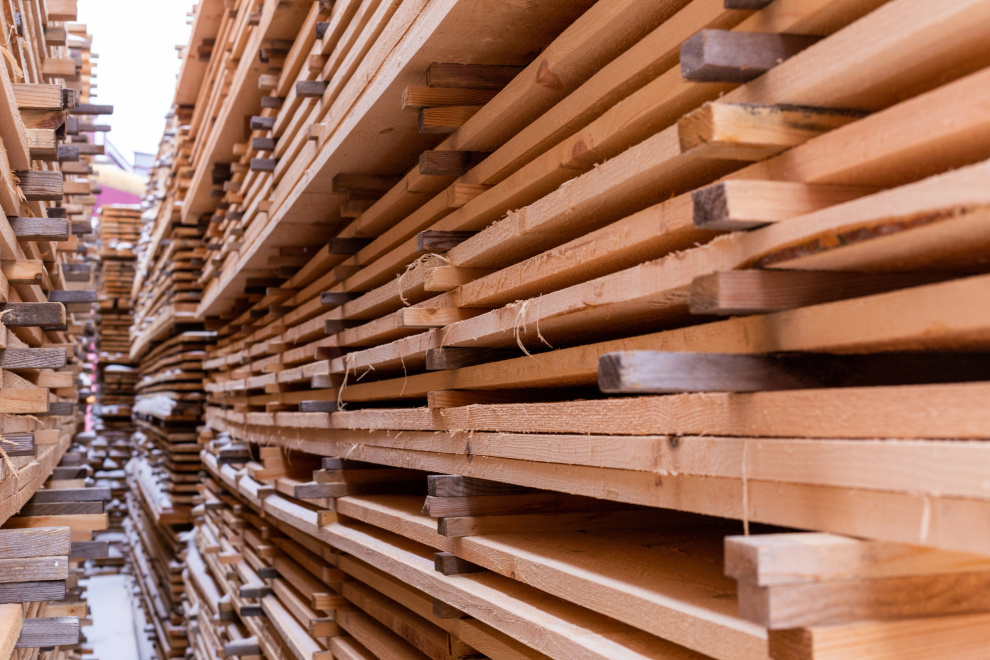
Shipments rise 23% as capacity utilization reaches 79.2%

Combined residential building falls to $893 billion, down 0.9% from March.
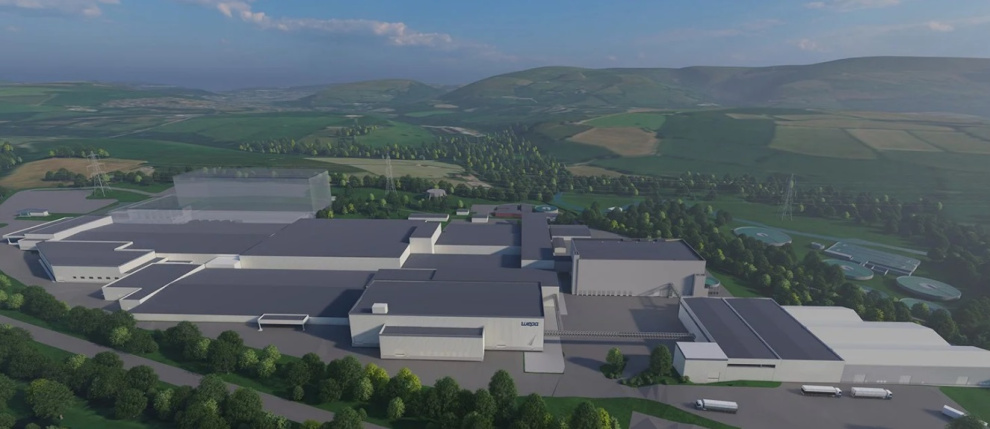
The WEPA Group invests in new paper machine with a planned annual production capacity of 70,000 tons.
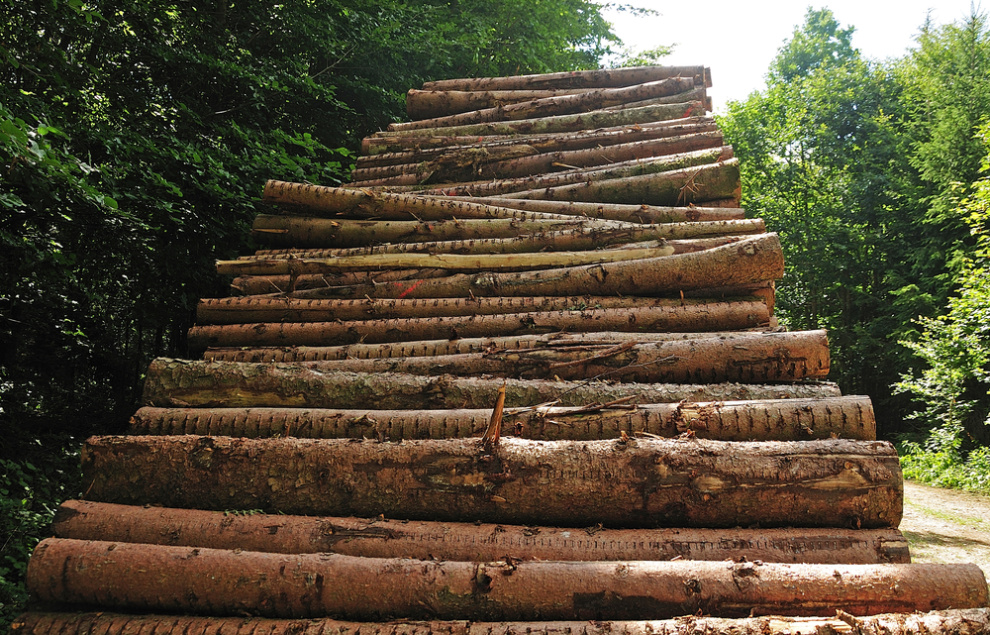
The value of roundwood purchased in March 2025 from Slovenian private owners was at the annual level lower by 11.0% and at the monthly level higher by 4.3%.
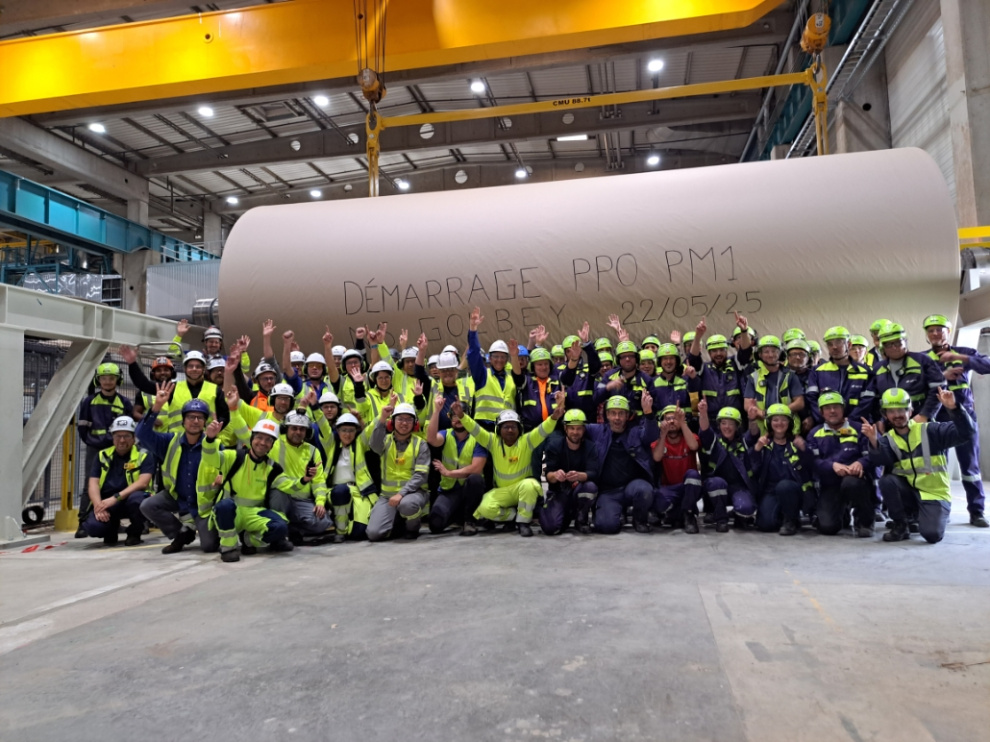
The state-of-the-art containerboard machine will increase Norske Skog's containerboard capacity with 550,000 tonnes bringing the group’s total containerboard capacity to 760,000 tonnes.
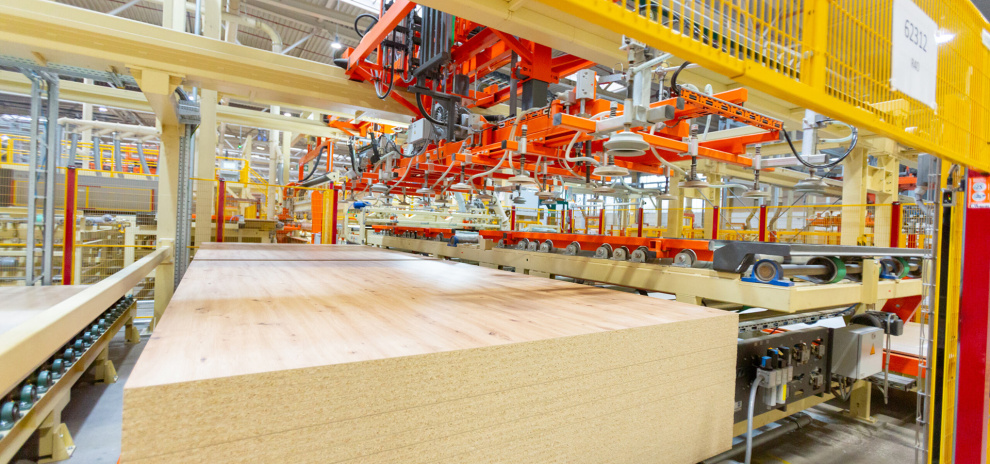
Sonae Arauco announces a 12% increase in the volume of wood collected at its recycling centers and an increase to 809 thousand tons of recycled wood incorporated into its finished products.
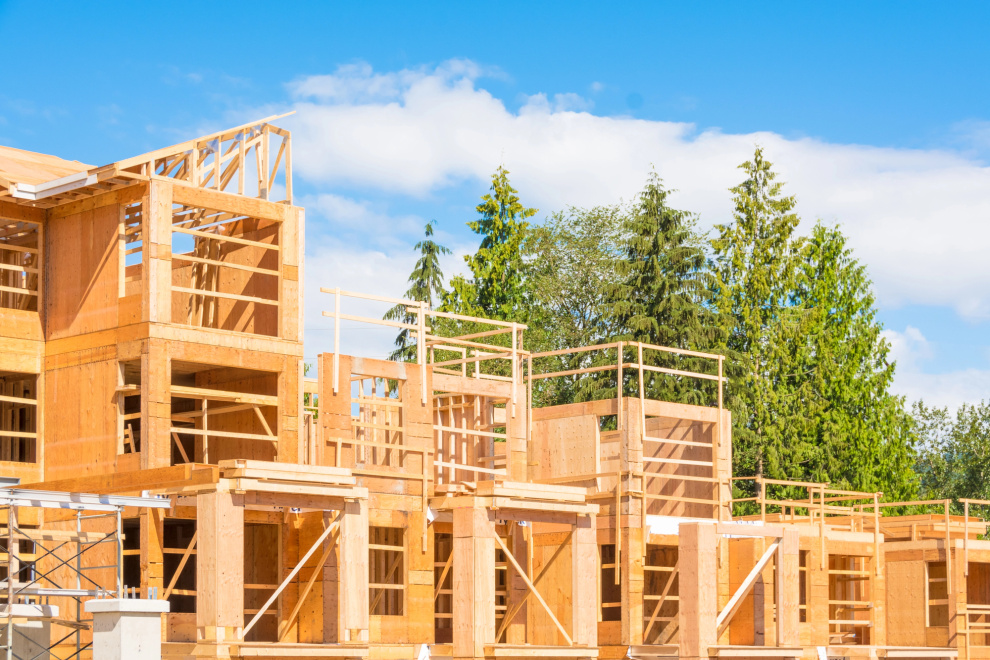
Single-family completions decline to 943 thousand, down 8% from March.

The new agreement will increase the Vyatka plywood mill’s output by 25%.
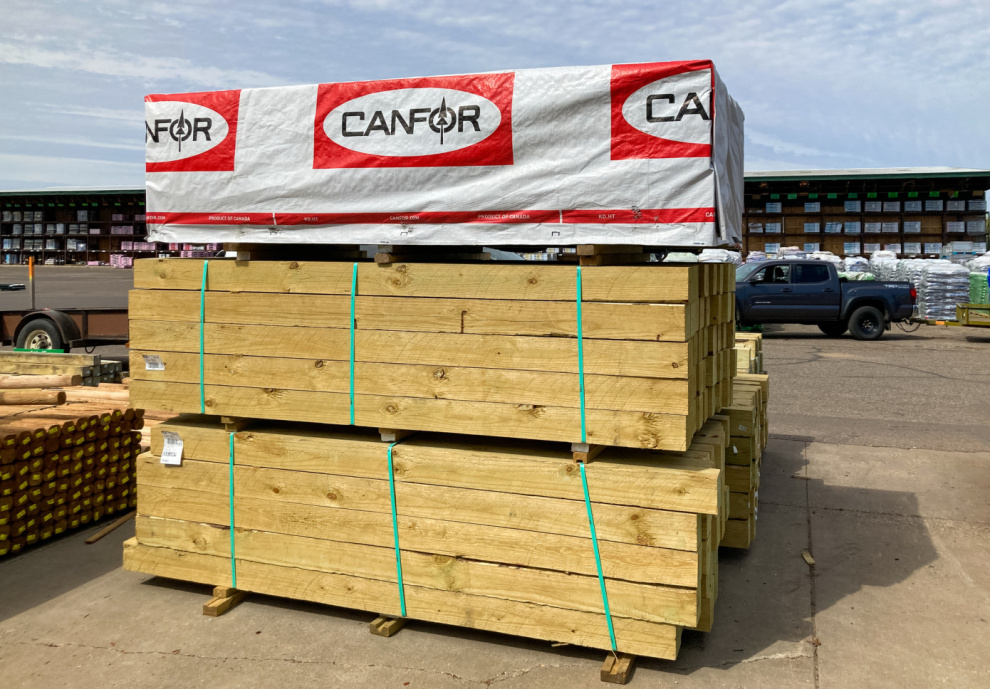
Western SPF 2x4 #2&Btr lumber price increases 13% amid supply constraints and tariff uncertainty.
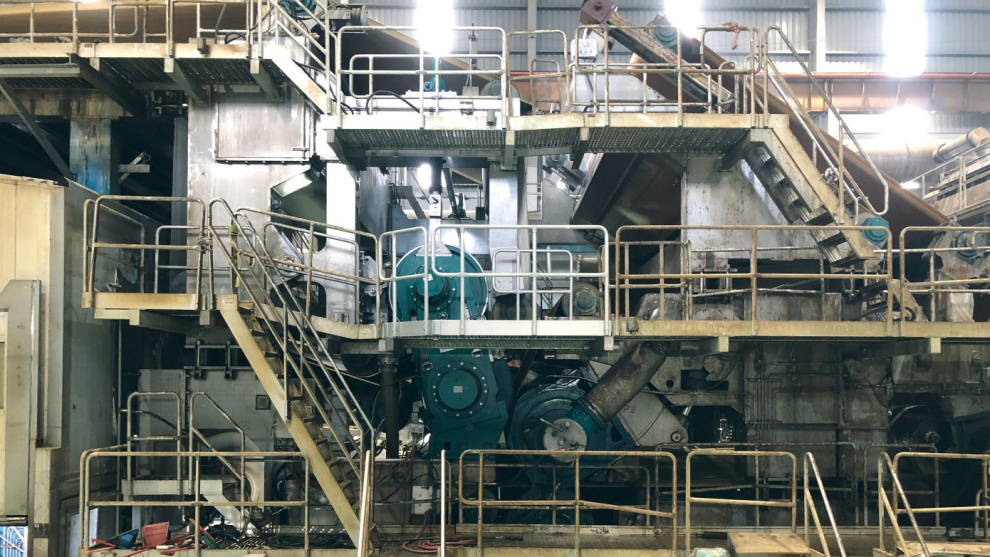
The PrimePress X shoe press, designed for 1,250 N/mm, is integrated into the PM26 containerboard machine, which operates at a speed of up to 1,000 m/min and produces high-quality testliner with a basis weight ranging from 70 to 160 gsm.
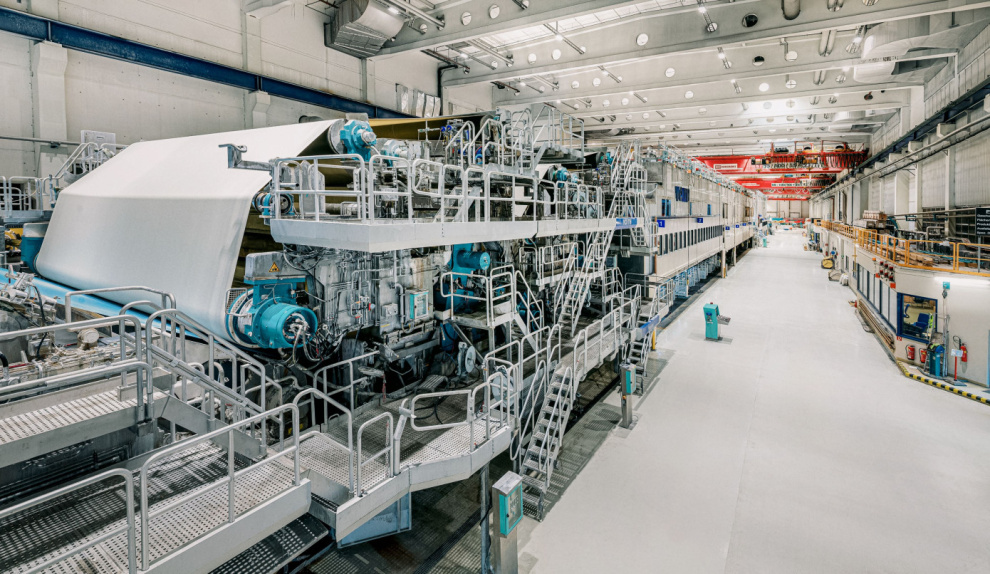
PM 11 produces up to 470,000 tons of corrugated base paper per year.
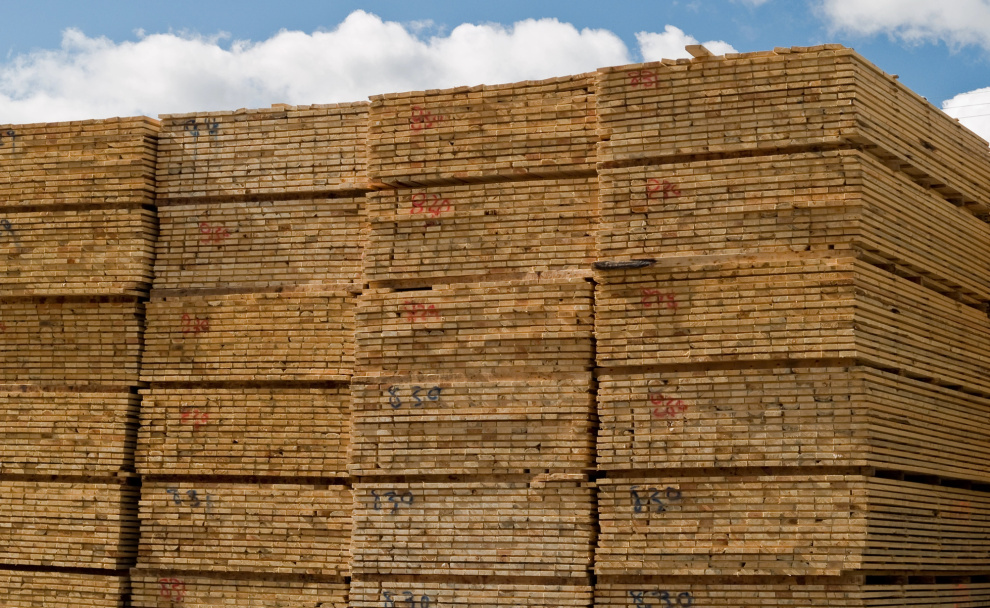
Lumber shipments fall 10%.
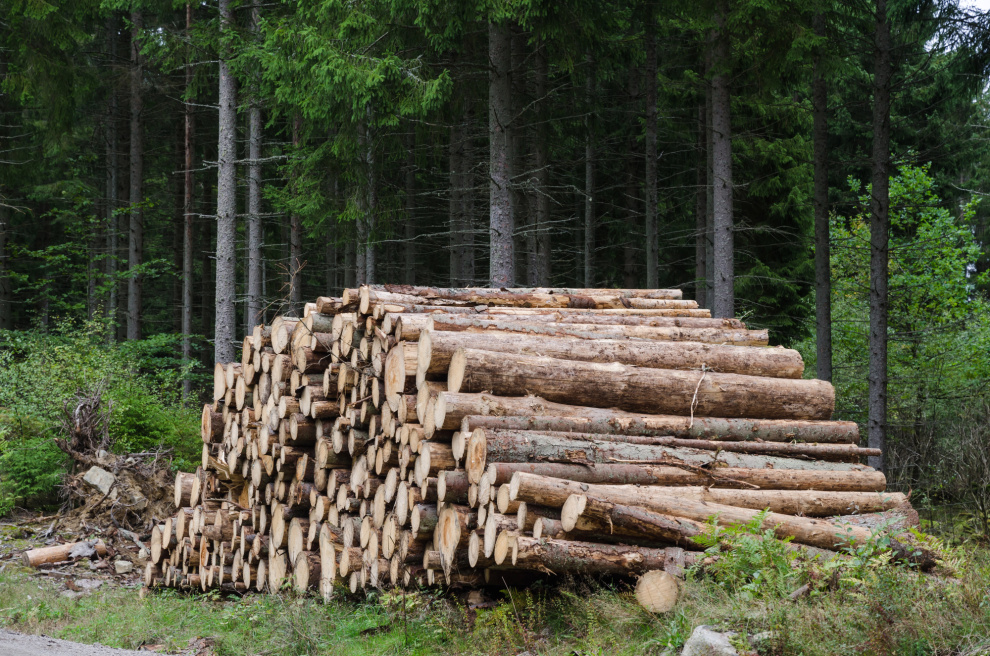
Pulp chips increase 34%, with hardwood pulpwood rising 39% year-on-year.
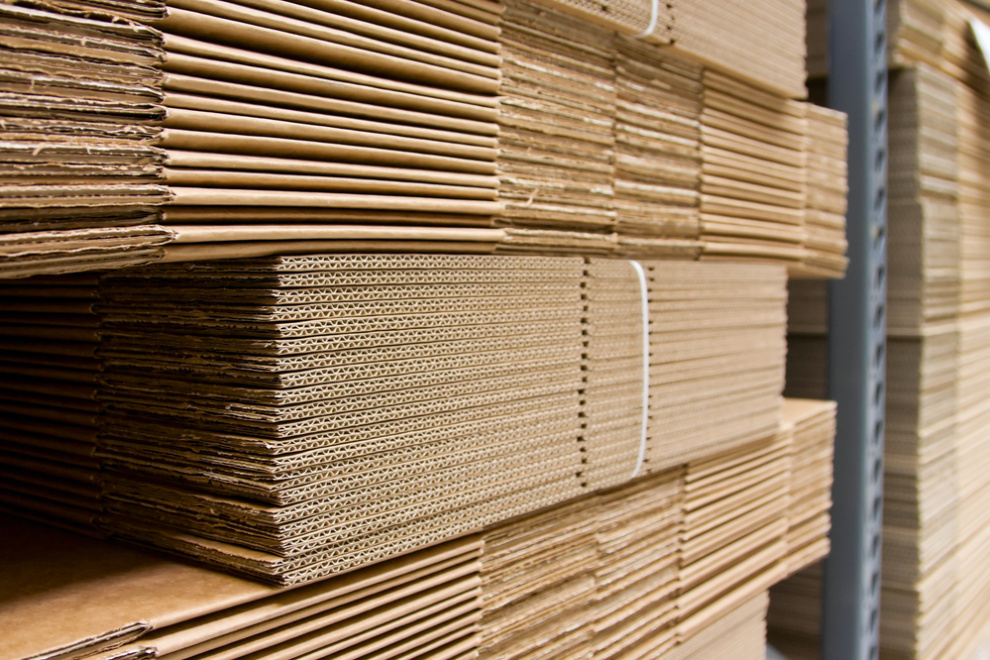
Solid bleached boxboard production in Q1 2025 increased 1% compared to Q1 2024.